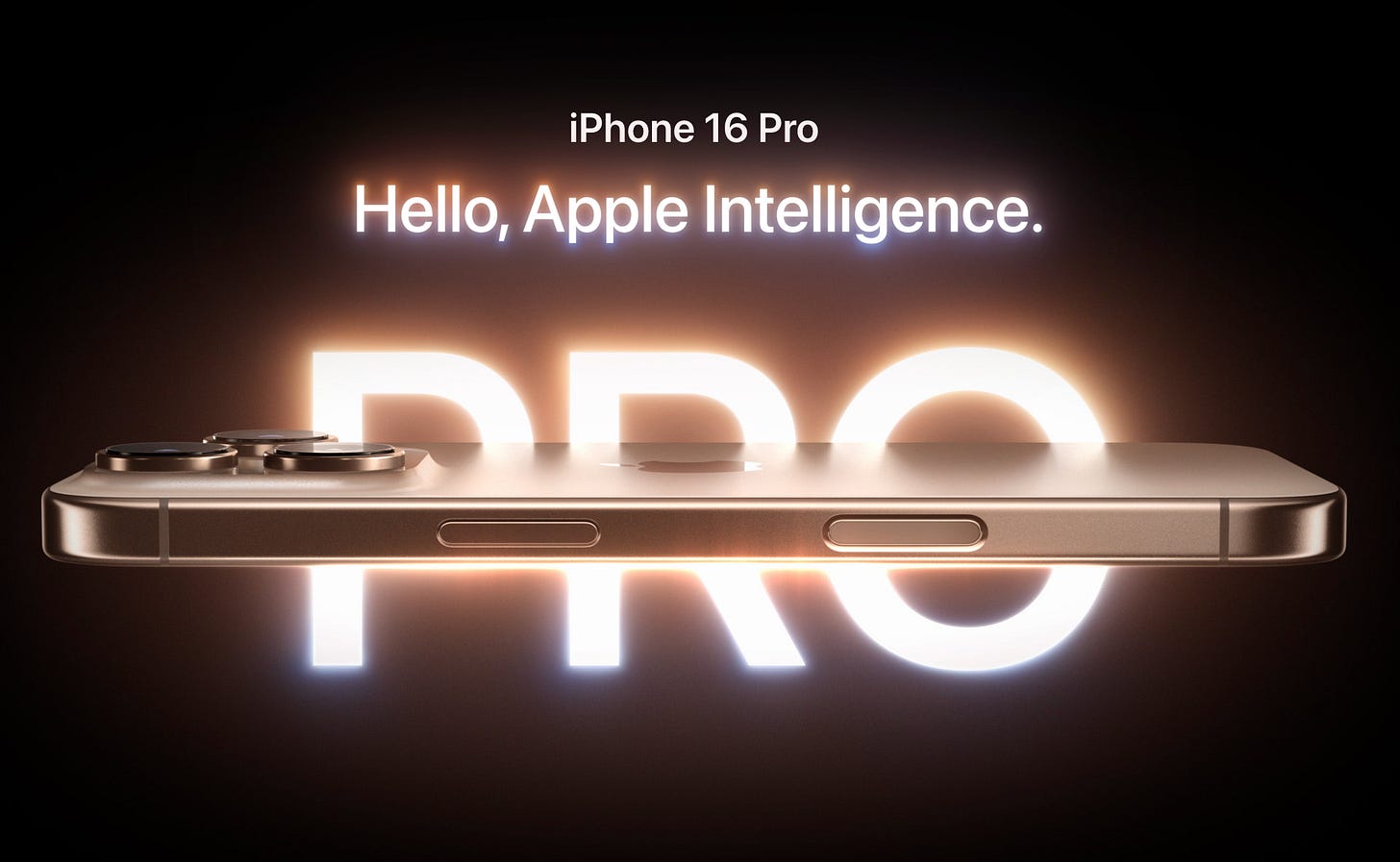On September 9th, Apple’s much-anticipated fall event unveiled the iPhone 16 series. As the first phone designed specifically for Apple Intelligence, expectations were through the roof. Apple CEO Tim Cook boldly declared, “It marks the beginning of an exciting new era.” However, after 90 minutes of presentations, many were left wondering, “That’s it?”
Apple Intelligence: innovation or catch-up?
The iPhone 16 lineup—including the standard iPhone 16, iPhone 16 Plus, iPhone 16 Pro, and iPhone 16 Pro Max—comes powered by Apple’s new A18 and A18 Pro chips. The A18, optimized for large-scale generative models, boasts a 16-core neural engine, doubling the machine learning capabilities of its predecessor. It also promises 40% faster GPU performance and 30% less power consumption. Meanwhile, the A18 Pro takes performance even further, providing extra power for demanding tasks.
Apple Intelligence, hailed as a “personal intelligent system,” promises features like advanced text generation, photo search, and custom emojis. Yet, many of these functionalities are strikingly similar to what Google’s Gemini AI has been offering on Android for some time.
A familiar playbook for AI features
Apple Intelligence is deeply integrated into iOS, assisting users in writing, adjusting tone, and even creating custom images with the new “Playground” app. But while these features are useful, they feel more like minor enhancements than groundbreaking innovations.
Another feature, photo search, lets users locate specific images by typing in a description—something Google’s Pixel phones already do with Gemini. Apple did add a feature allowing users to stitch images into short videos, but again, it doesn’t feel revolutionary.
Additional AI functions include email summaries, priority notifications, and an upgraded Siri, now capable of understanding more complex commands and providing personalized assistance based on context—like recalling a TV show your brother recommended last week. However, Siri still uses its familiar robotic voice, in contrast to Google’s more human-like Gemini Live.
Cameras and hardware steal the spotlight
Perhaps aware that the AI features might not dazzle, Apple leaned heavily on hardware upgrades. The iPhone 16 sports enhanced cameras, with the Pro models featuring a 48MP main camera, 5x telephoto lens, and spatial audio recording. The Pro Max also boasts Apple’s largest-ever display. While these upgrades are impressive, they feel like safe bets rather than bold, boundary-pushing innovations.
Is AI enough to drive sales?
Even though Apple Intelligence was a focal point, it’s clear Apple isn’t banking solely on AI to sell its latest phones. Instead, the iPhone 16’s camera upgrades, durability improvements, and value retention seem to be the main selling points. With iPhone sales already lagging in China this year, the iPhone 16 may struggle to spark the kind of excitement Apple needs. As for Apple Intelligence, it seems more like a stepping stone than a game-changing innovation—at least for now.
After the event, Tim Cook took to X, posting, “Welcome to the new era of iPhone! Built for Apple Intelligence, the iPhone 16 lineup delivers a powerful, personal, and private experience right at your fingertips. And with the new Camera Control, you’ll never miss a moment.”
But the comments? They were flooded with memes, poking fun at the so-called “new era” that failed to impress.
While Tim Cook promises a new era, it’s clear Apple is adopting a cautious, incremental approach to AI. For now, consumers may need to temper their expectations and wait for the next true leap forward from the tech giant.






